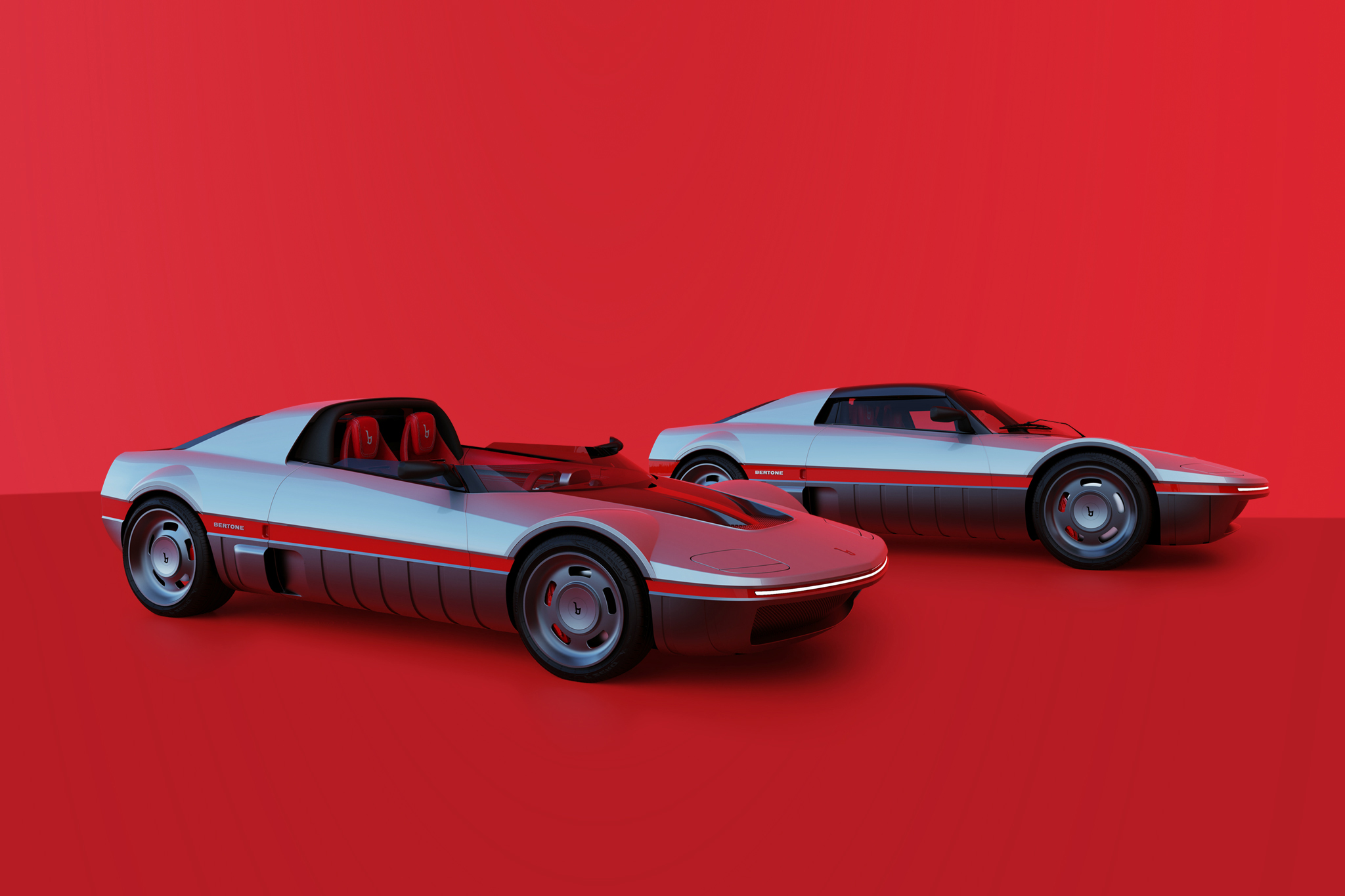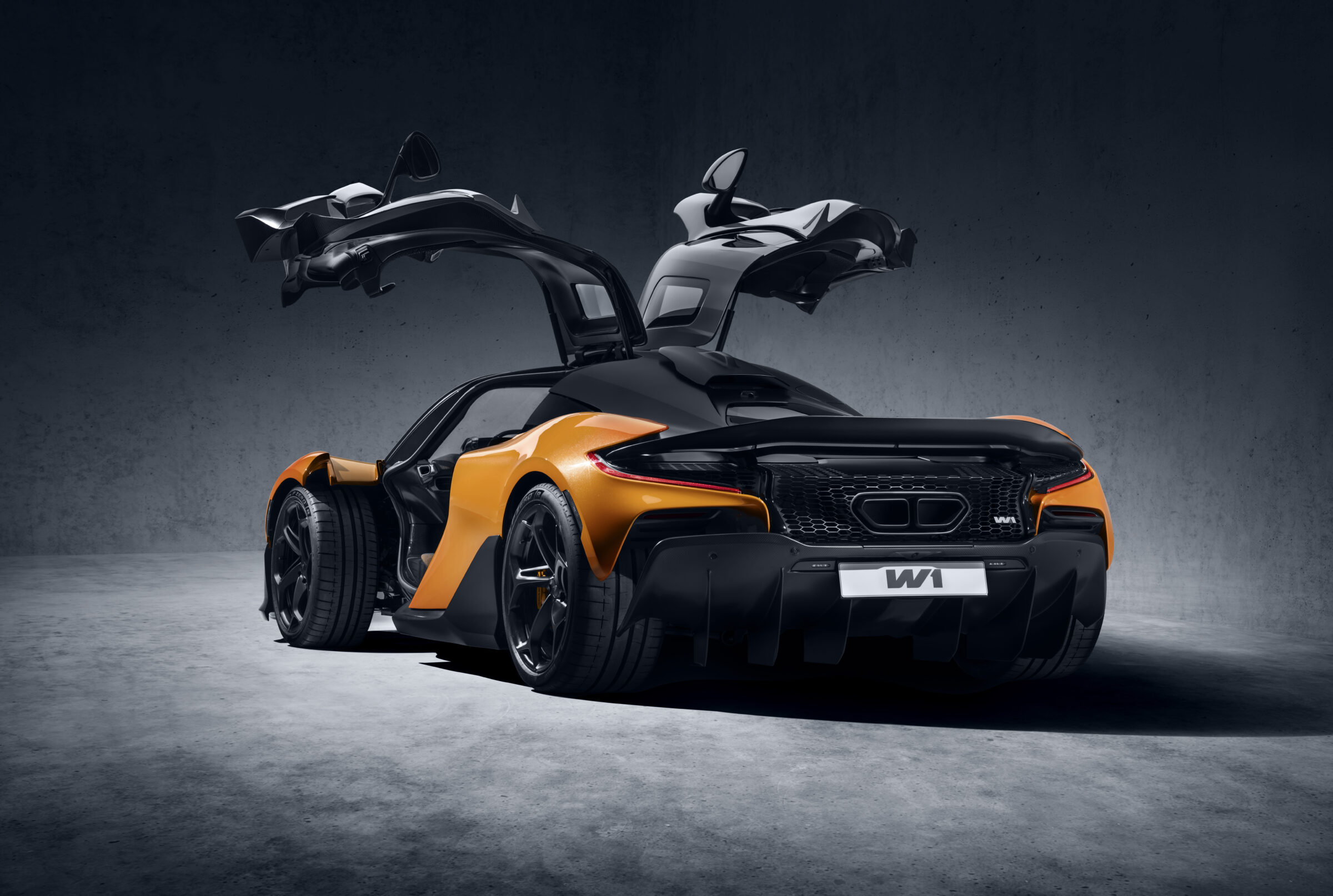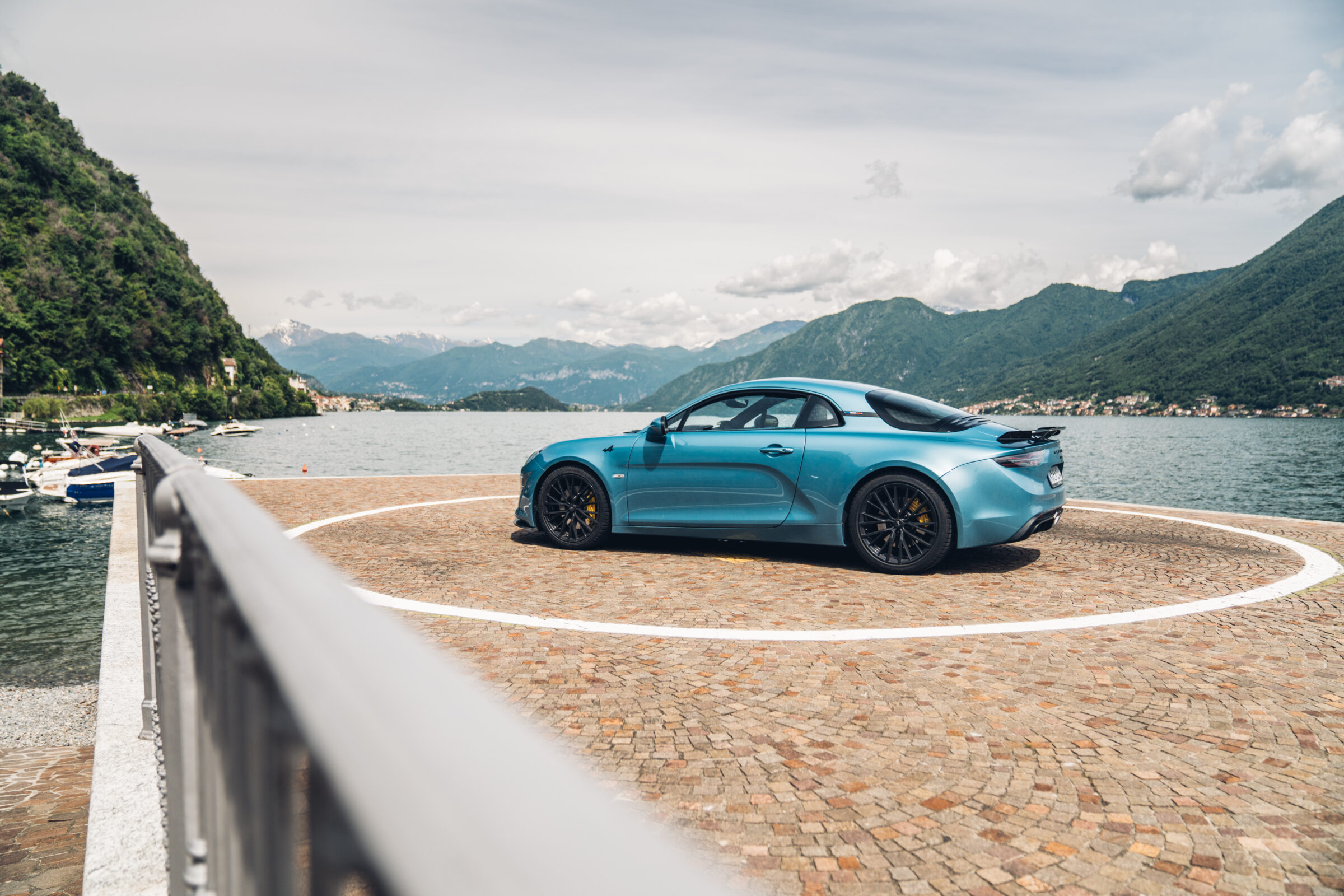50 Years of Renault 12
With the R8, Renault had a very good product within the middle class from the early 1960s. Understandably, it seemed all the more important to the French to make the successor model as robust and comfortable as possible. As early as 1964, the first prototypes rolled out on the streets, but still with another design than later production cars. The prototypes had three asymmetrically arranged headlights per side and a spare wheel on the trunk lid. Under the body, however, already the newly developed front-wheel drive chassis and also the engine moved over the front axle. In addition, the Renault bosses had determined that the new car, Project 117, should have a very good suspension for even the worst roads in Africa. As far as size is concerned, it should fill out the gap between the R6 and R16, while replacing not only the R8, but also the R10.
At the Paris Motor Show in 1969 it was finally time to debut the new car. Immediately after the ceremonial unveiling, first orders for the new Renault 12 were already received. Shortly after the Motor Show first copies of the sedan rolled to waiting customers and dealers with a 1.3-liter four-cylinder engine with 40 kW/54 hp, front disc brakes, rear drum brakes and a trunk volume of 415 liters. For about the first nine months this remained the only available body variant, then followed by the five-seater station wagon (called ‘Variable’ in Germany or ‘Break’ in France). On the equipment side there was next to the basis also the L and the TL. Despite limited choices, the production capacity had to be increased to 700 vehicles per day within the first half of the year to meet the demand.
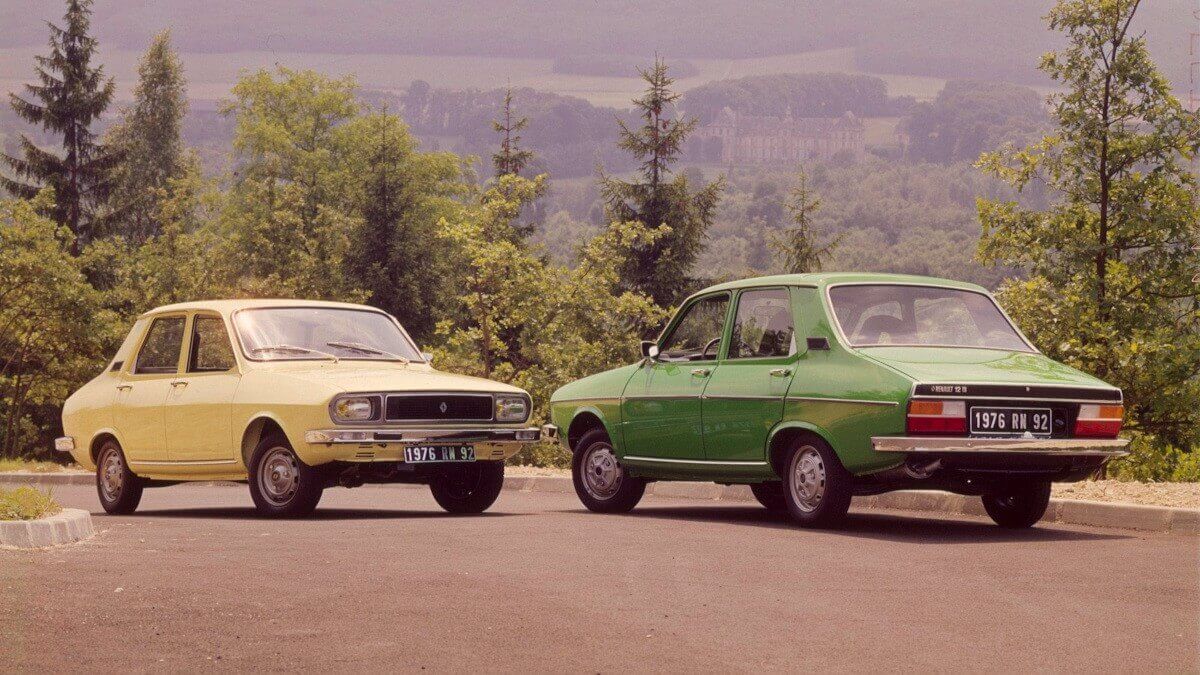



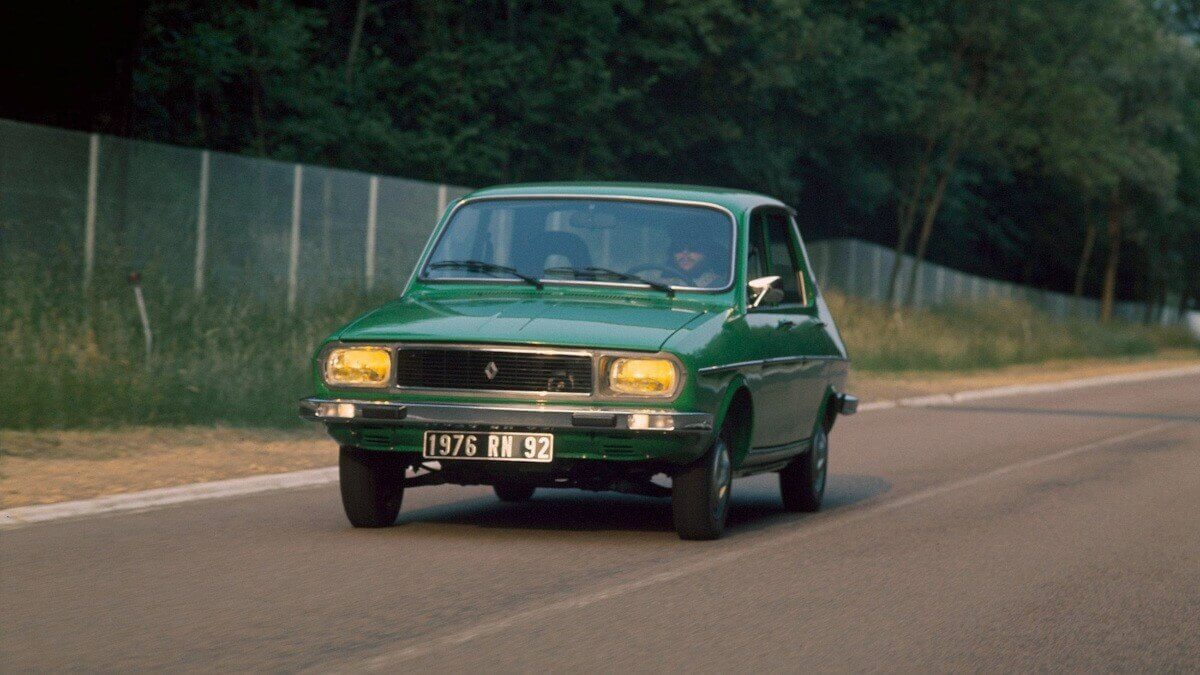

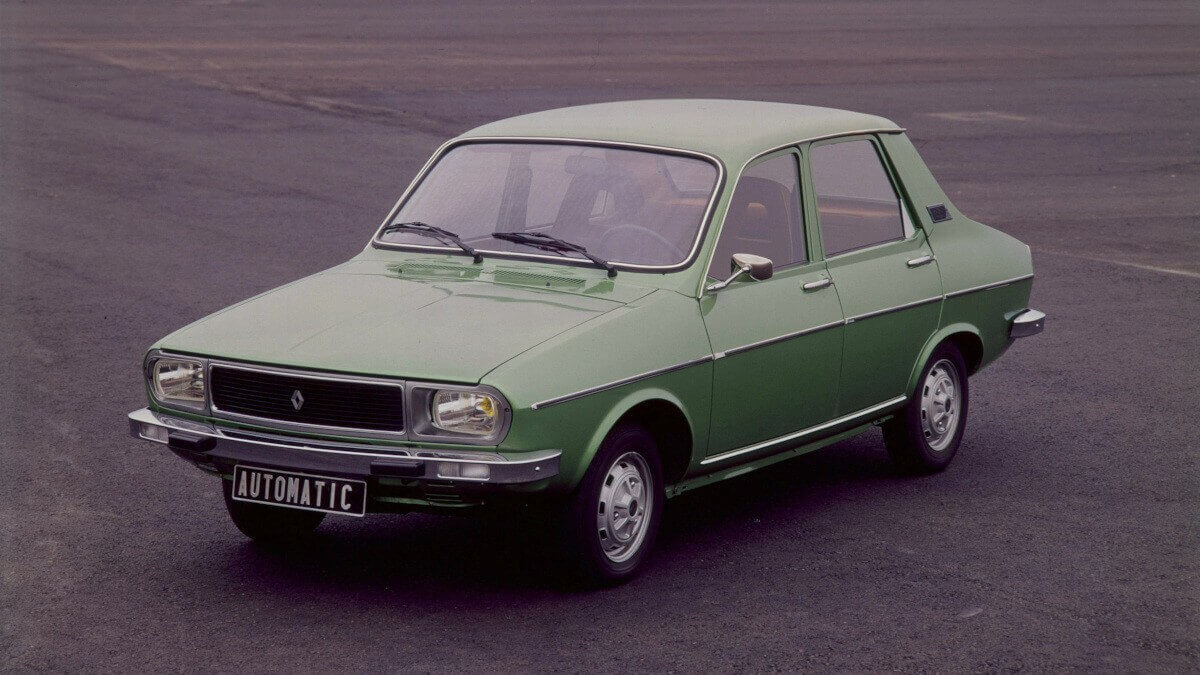

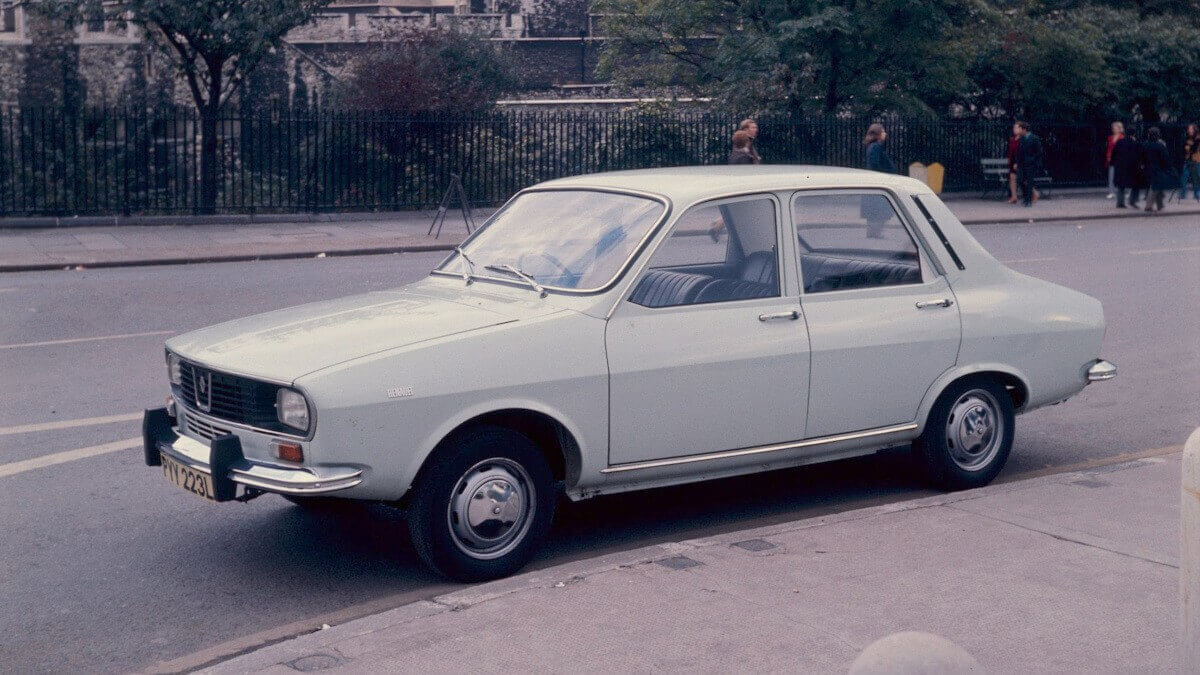

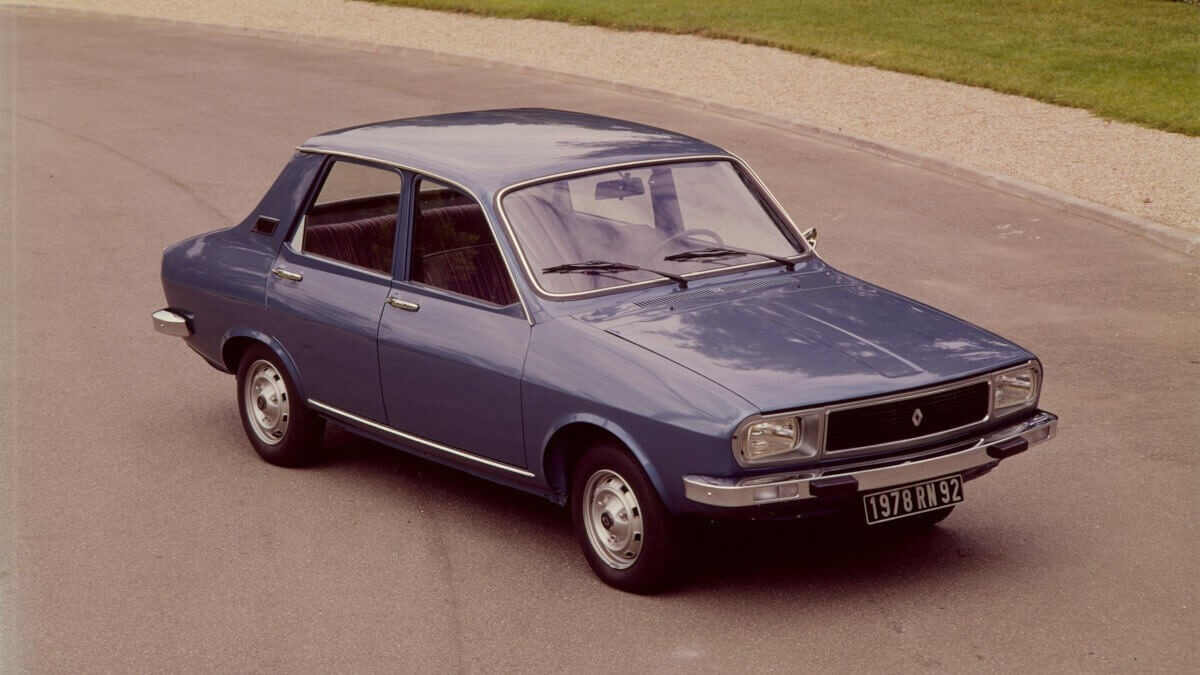

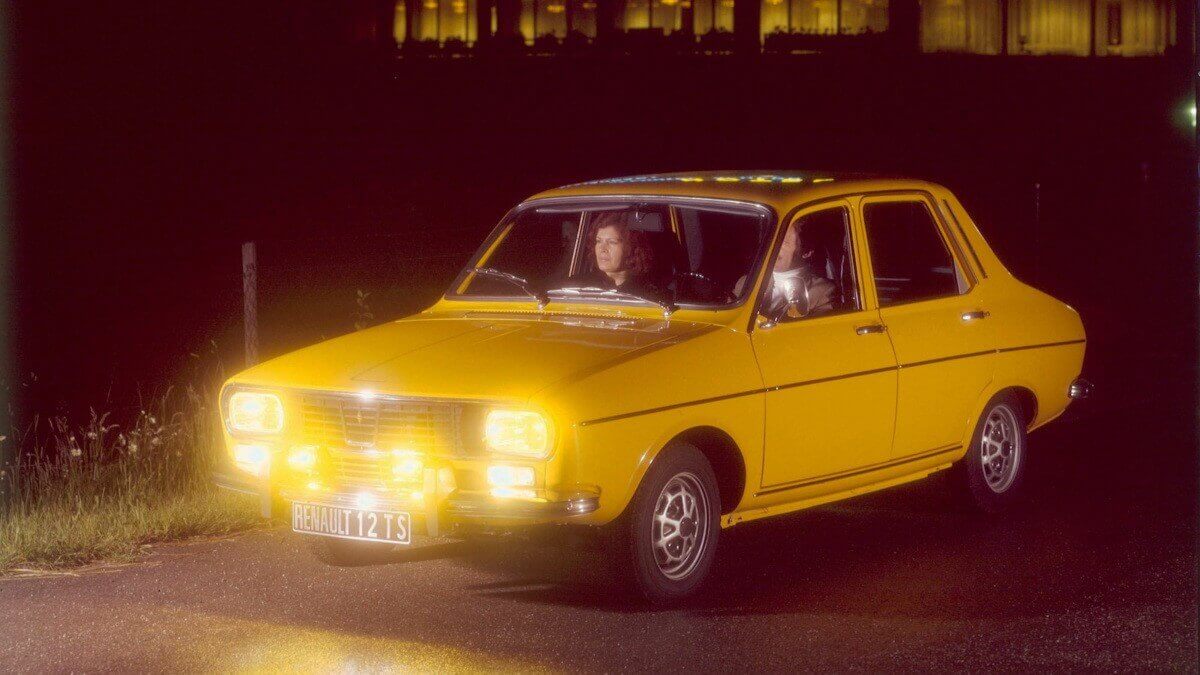

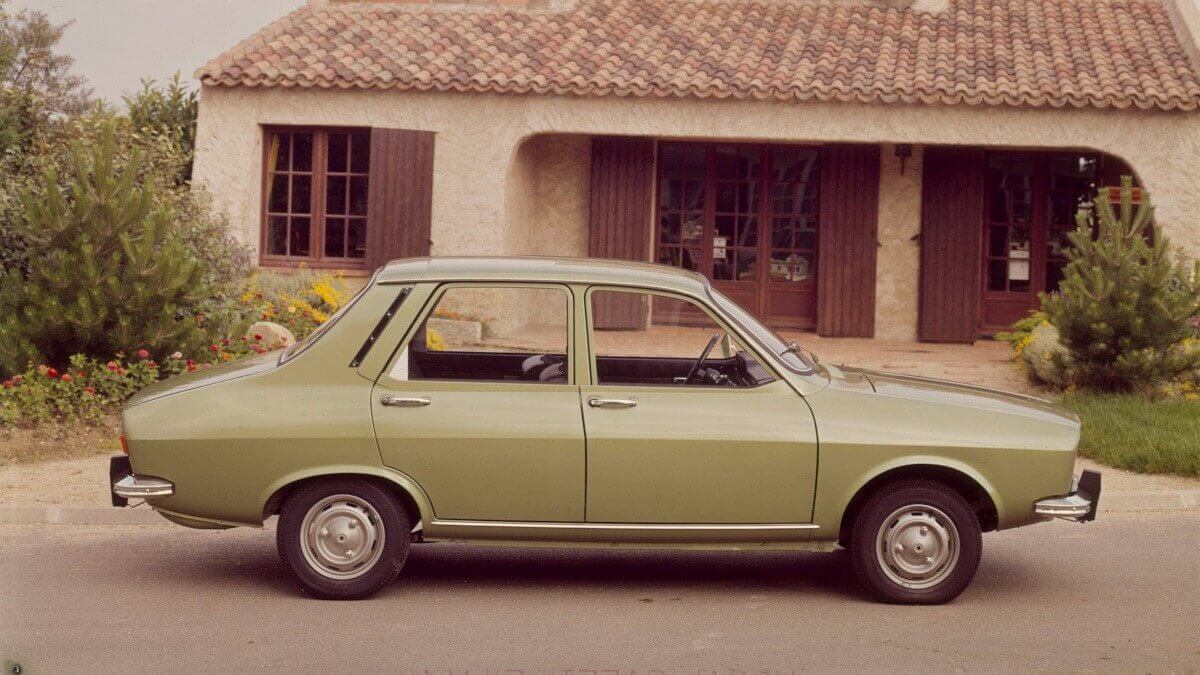

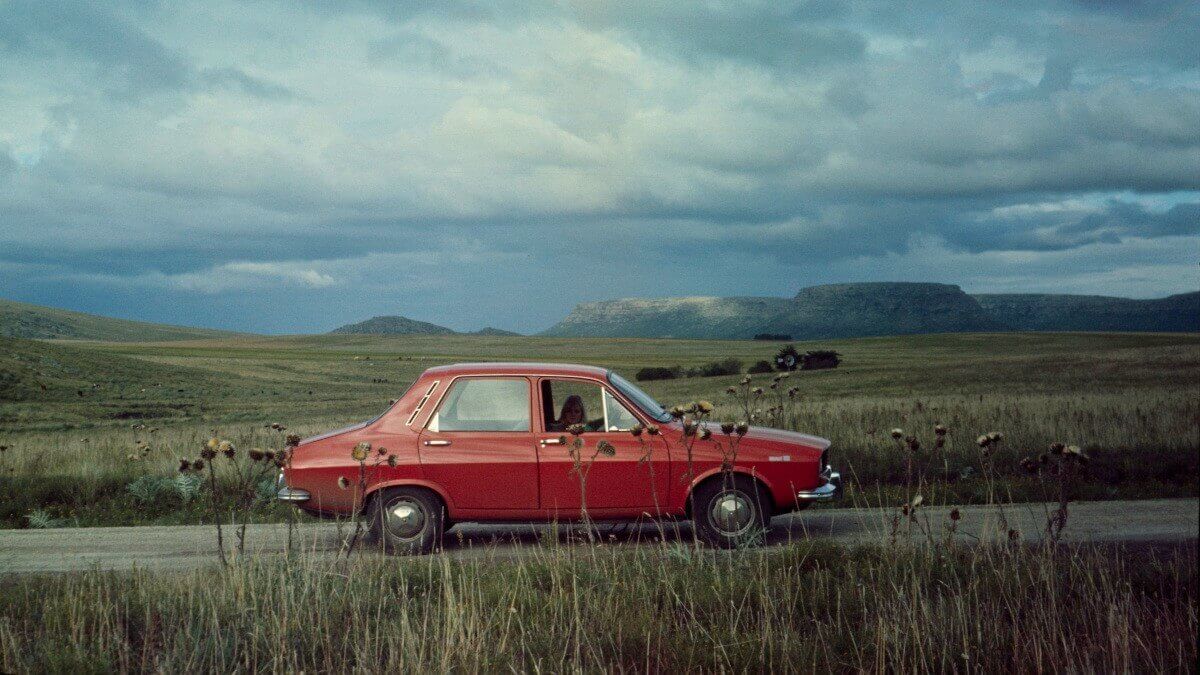

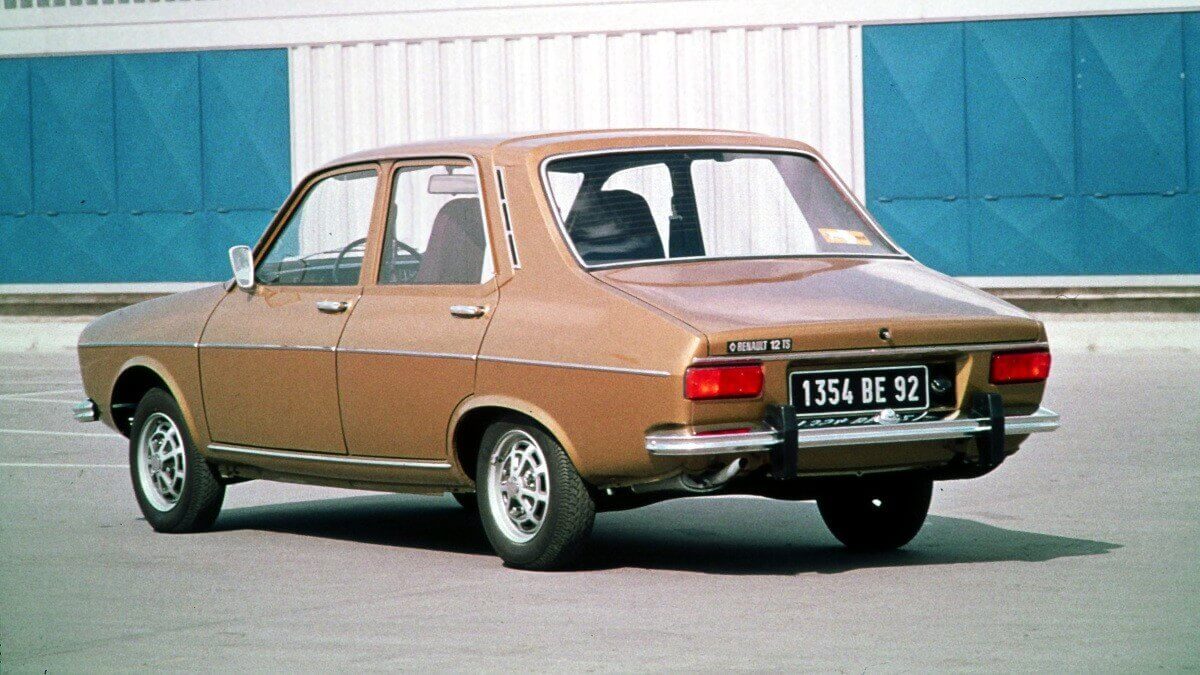

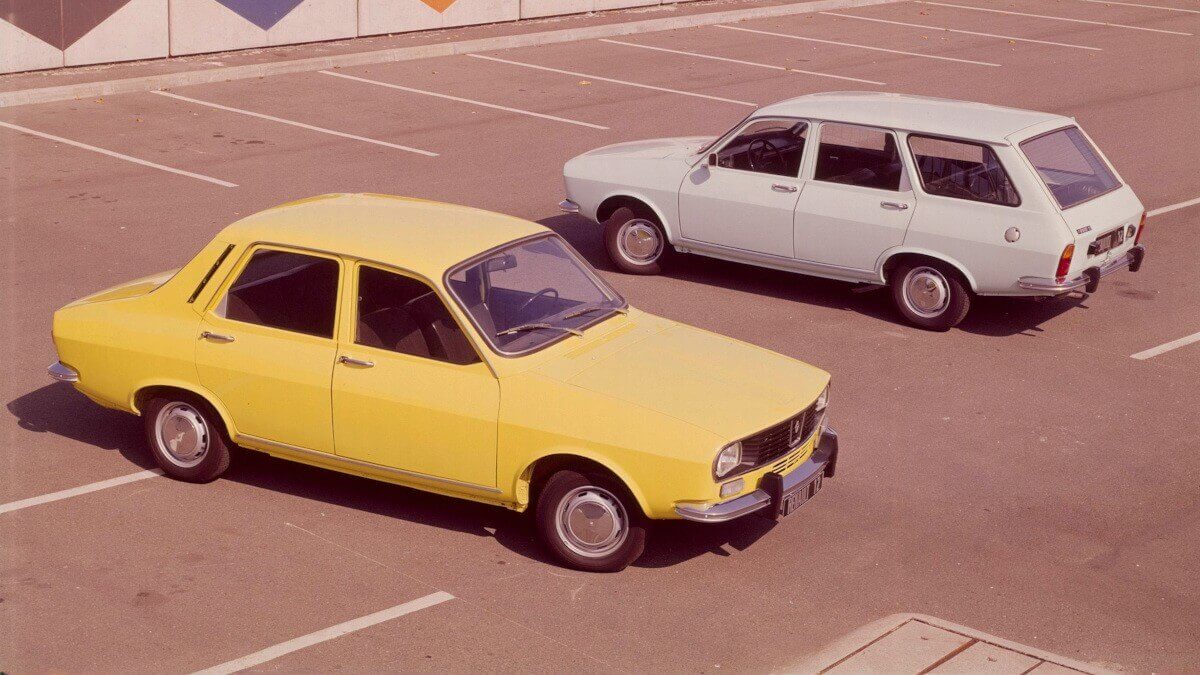

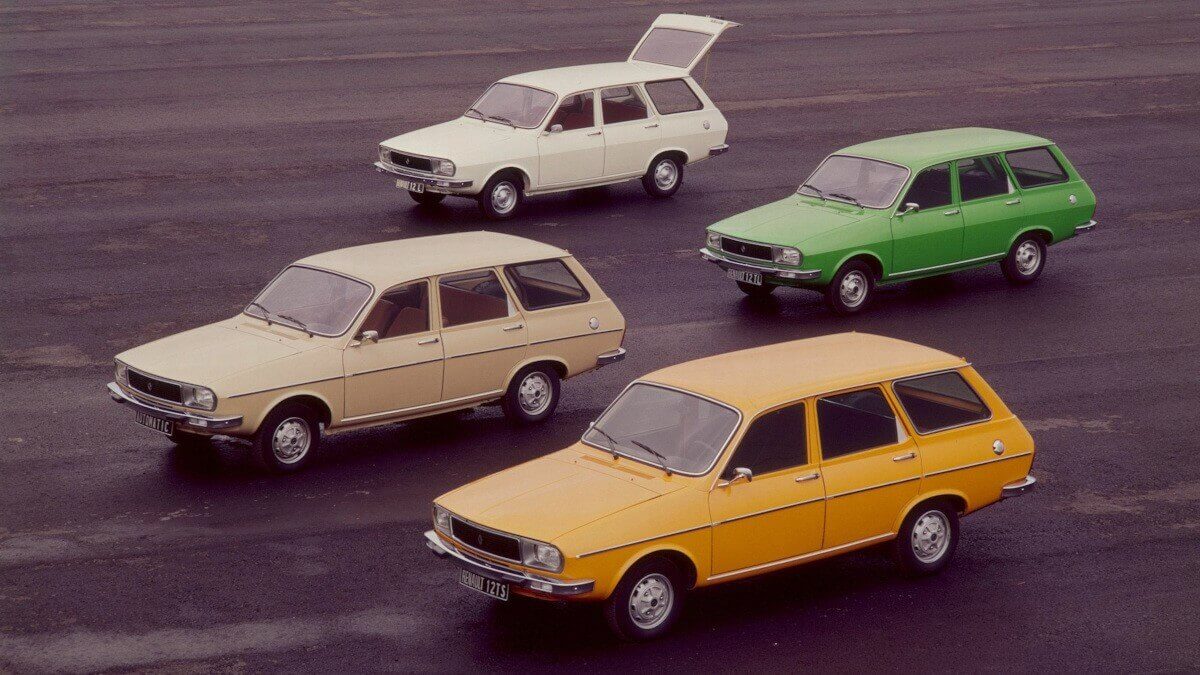

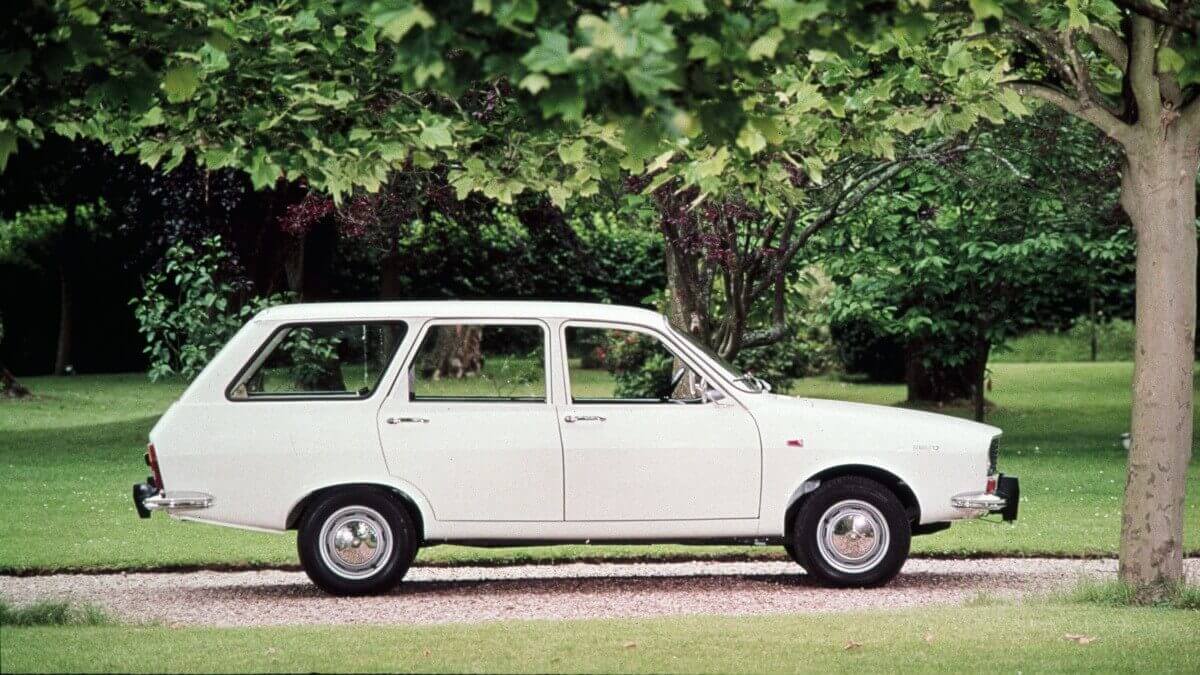

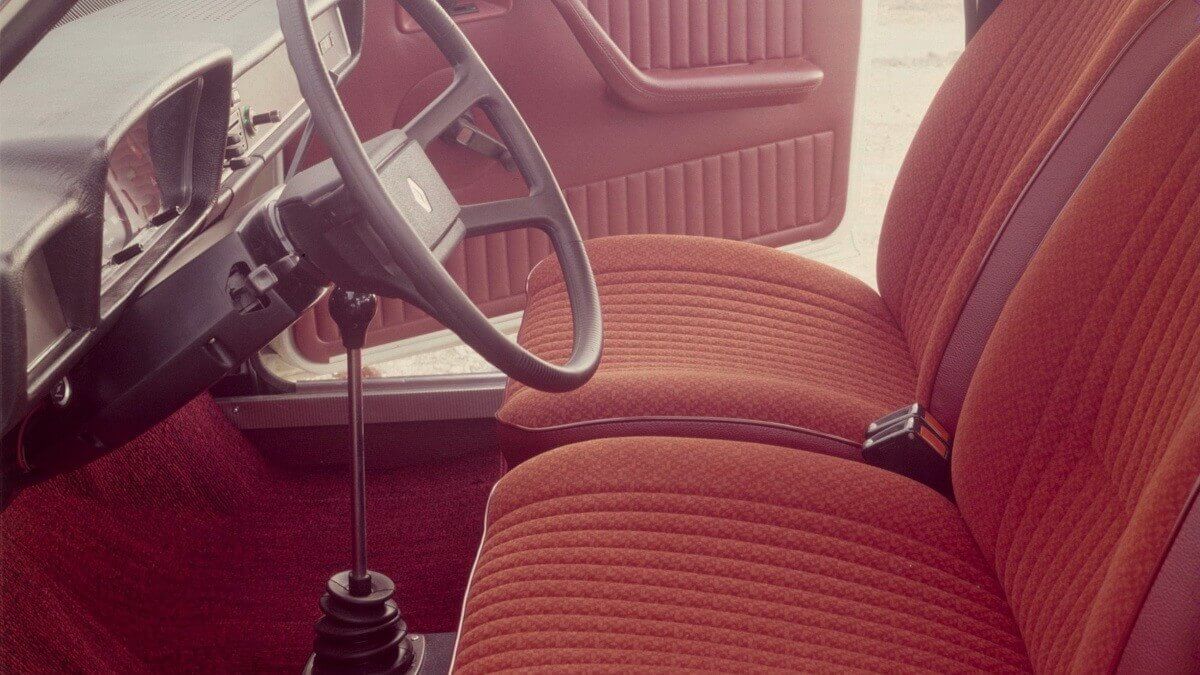

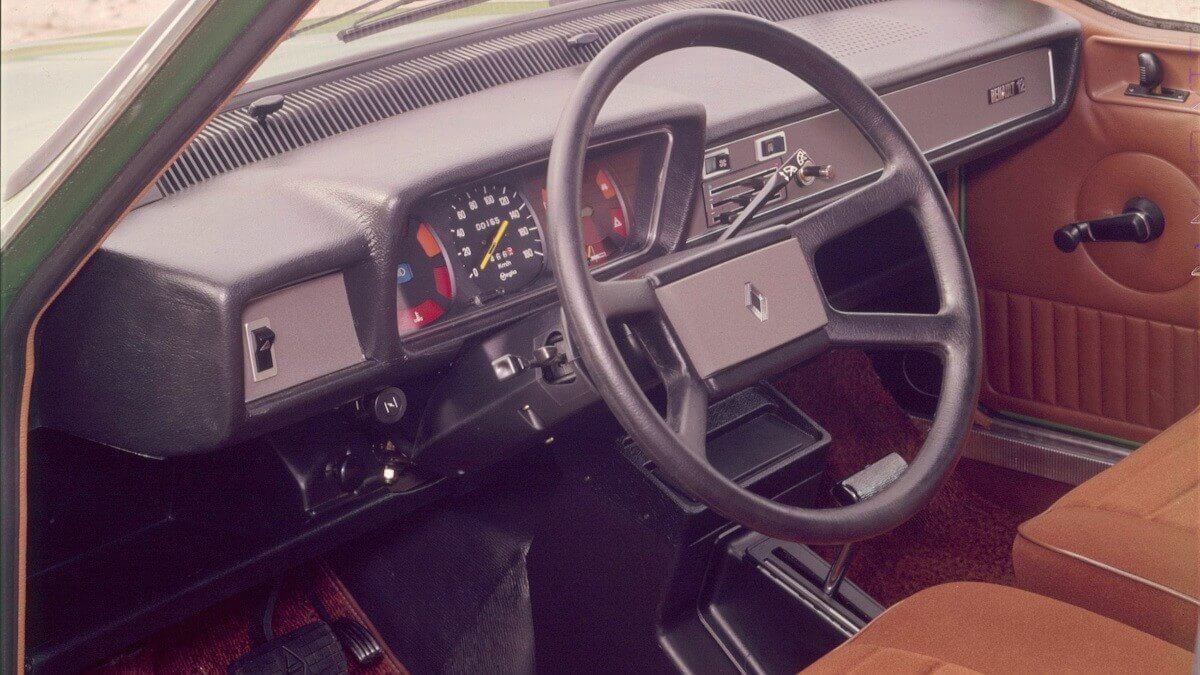

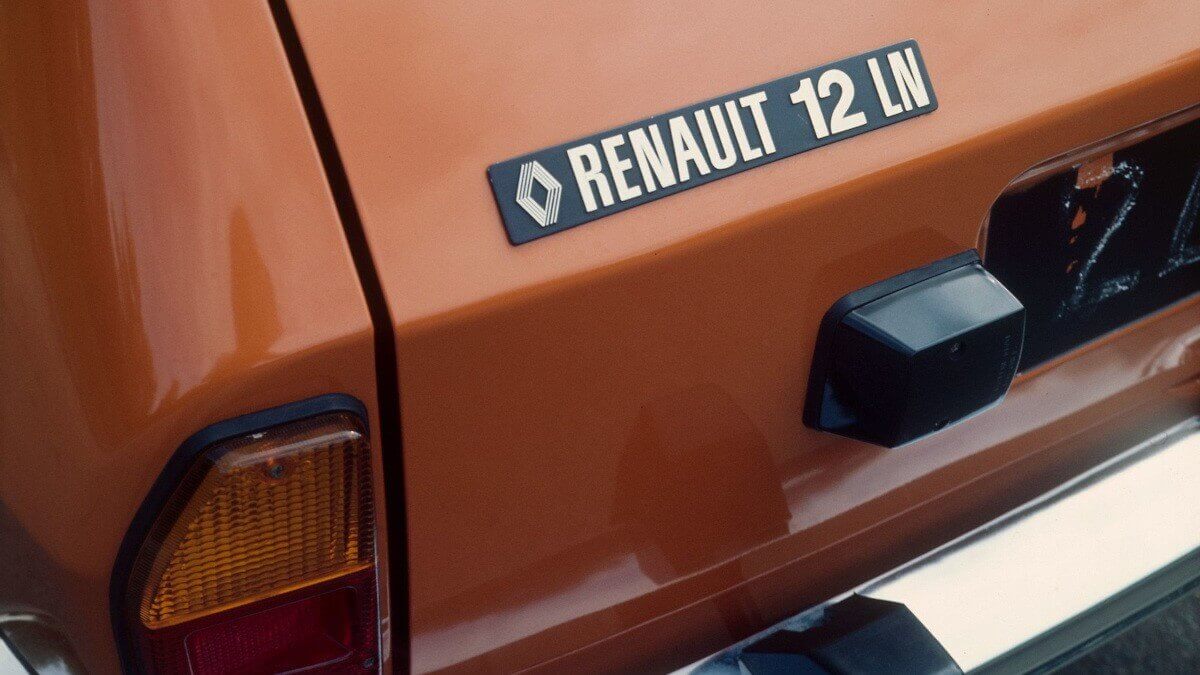

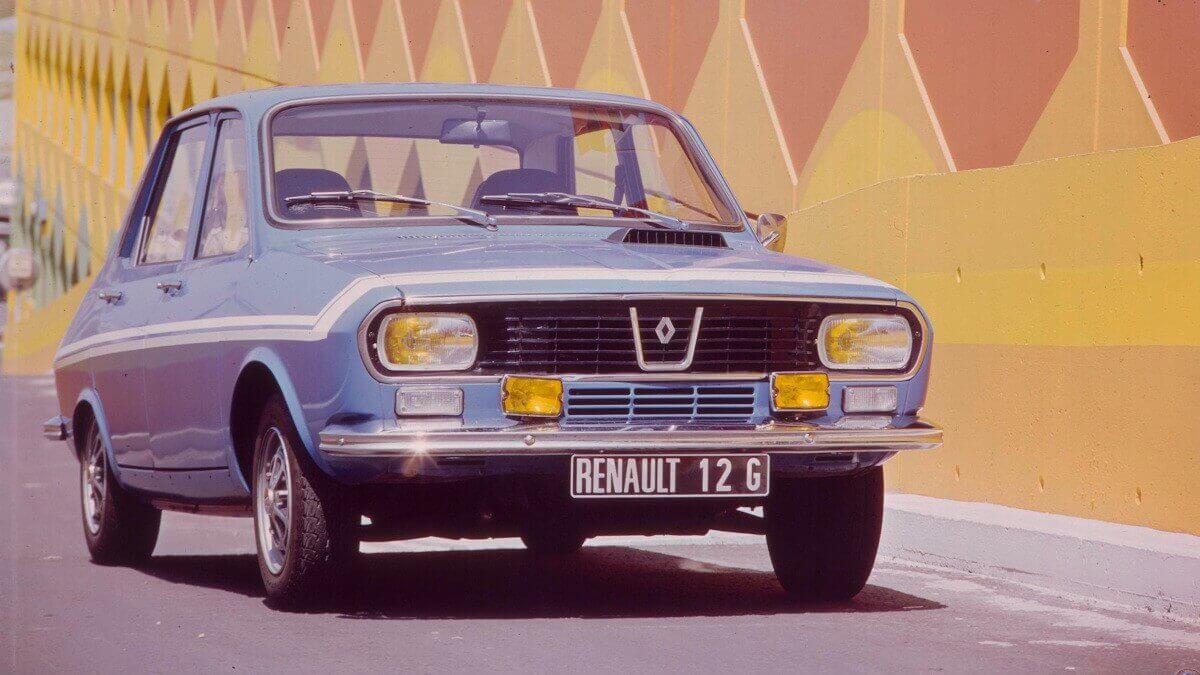



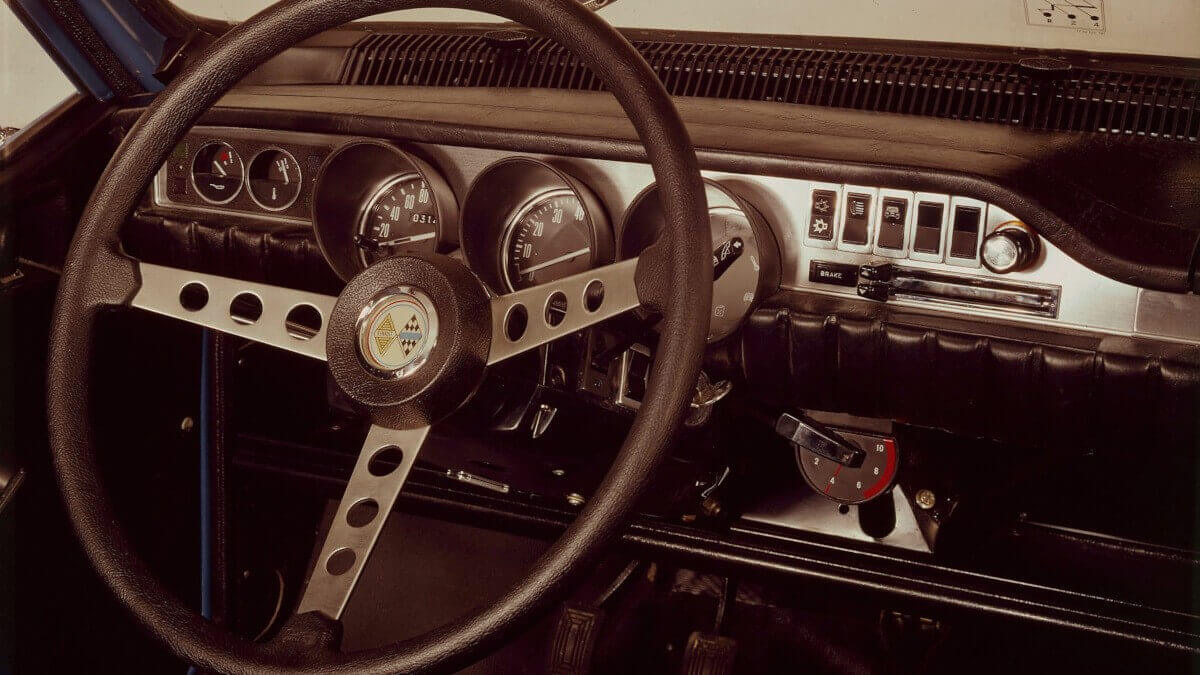

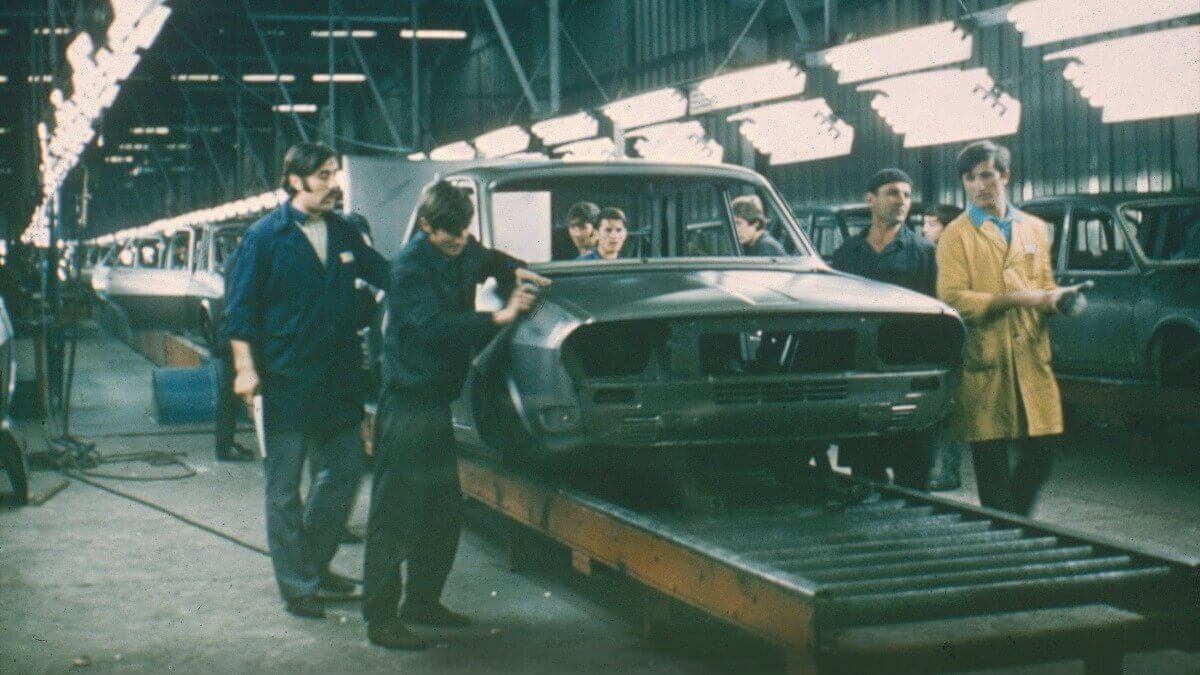

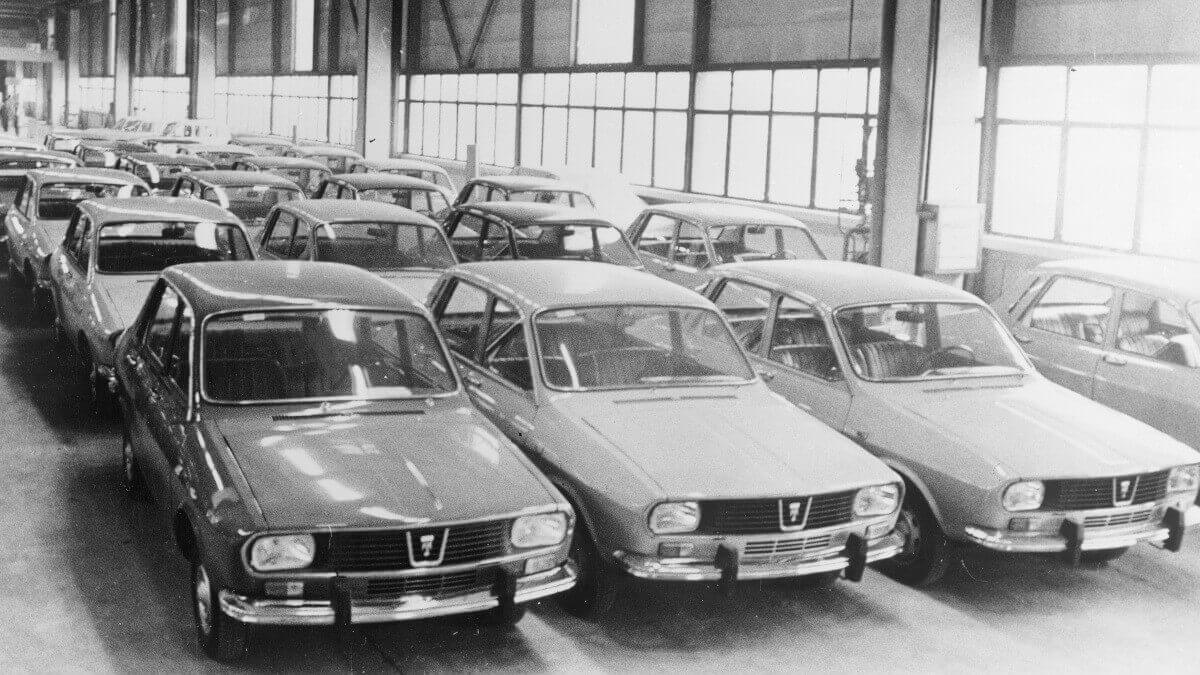

Already starting from August 1970 first copies of a special version rolled off the lines, which was longed for by many fans, since the identical named version of the Renault 8 wasn’t produced anymore. We talk about the Renault 12 Gordini, which debuted in 1971 with its typical blue livery including white racing stripes (other body colors were available as well) and a 85 kW/115 hp 1.6-liter engine, that enabled the car to reach a topspeed of 185 kph (115 mph). Sportsmen liked to use the Gordini for rallies and touring car races. In 1972 the model range was further expanded with the R12 TS with 44 kW/60 hp. From 1974 to 1975 this engine was also available with an automatic gearbox in the R12 TR.
In the summer of 1975, a large facelifting took place, which accounted for the Gordini from the line-up, while the other versions received new bumpers and new lights. Inside, except of the R12 L, all variants got a new dashboard. The abbreviation TR was removed from the automatic version, which was just called the R12 Automatic. For the basic equipment, the L and the TL, power was reduced to 37 kW/50 hp. Apart from the production in France, where until 1980 about 4.01 million copies were produced, Renault built the 12 also in Australia, Brazil, Turkey and Romania. In the latter plant, the car was manufactured as a Dacia until 2004, in total nearly two million times. Despite this large production volume, at least in Germany the Renault 12 today is very rarely seen on the road. It’s a shame, because after all its solidity is still evident in various African countries.
Images: Renault


